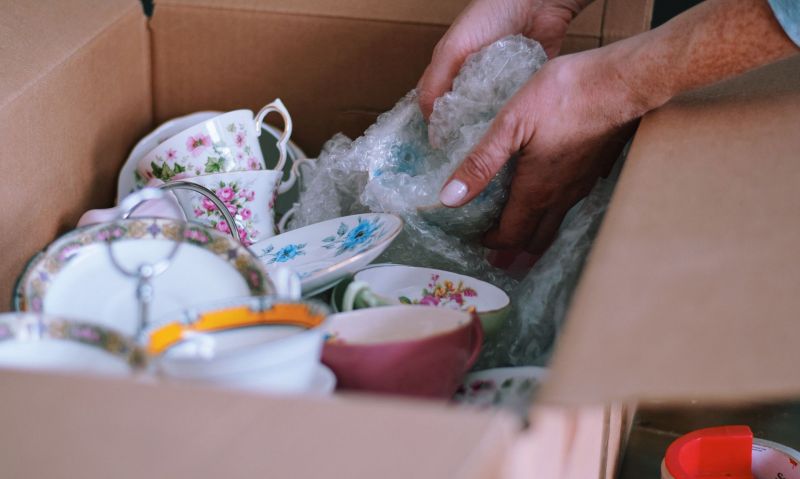
Dividing personal possessions without dividing the family
LEARN HOW YOUR PLANNED GIFT CAN HELP THE AMERICAN LEGION
Do you have any suggestions on how to divide my personal possessions after I die without causing conflict? I want to leave my jewelry, art, family heirlooms and antique furniture to my children without hurting feelings.
Distributing personal possessions among children or other loved ones can often be a tricky task. Deciding who should get what without showing favoritism, hurting feelings or causing a feud can be difficult even for close-knit families who enter the process with the best intentions. Here are a few tips to consider to help in dividing your personal possessions with minimal conflict.
Sweating the Small Stuff Sometimes the small, simple items of little monetary value that are not mentioned in the estate plan cause the most conflicts. This is because the value we attach to small personal possessions is usually sentimental or emotional, and families often forget to talk about these.
Family disputes can also escalate over whether things are being divided fairly by monetary value. For items of higher value, like jewelry, antiques and art, consider getting an appraisal to assure fair distribution. Search online to locate an appraiser in your area.
Dividing Fairly The best solution for passing along personal possessions is to go through your house with your children or other heirs, either separately or together, to find out which items each person would like to inherit and why. They may have some emotional attachment to something. If more than one person wants the same thing, you will have to make the ultimate decision.
After talking with your heirs, make a list with a description of each item and who should receive it after you die. Depending on the laws in your state and the value of the items, it may be legally enforceable if you handwrite it on paper, sign and date it and your will or trust references the document. In these situations, you can revise it anytime you want. If the items have a high monetary value, speak with an estate planning attorney about including the list directly in your will or trust. You may also want to consider writing an additional letter or creating an audio or video recording that further explains your intentions.
If you do not want to make a list, you may specify a strategy for dividing up the rest of your property. Here are some popular methods that are fair and reasonable:
Take turns choosing Use a round-robin process, where your heirs take turns choosing the items they would like to have. If who goes first becomes an issue, they can always flip a coin or draw straws. To simplify things, break down the dividing process room by room instead of tackling the entire house. To keep track of who gets what, make a list or use adhesive dots with a color assigned to each person to tag the item.
Have a family auction Give each person involved the same amount of play money, or use virtual points or poker chips to bid on the items they want. Assigning a value to each item will be necessary; having an appraisal of the items can aid this endeavor.
Use online resources For families who want help or live far apart, there are online resources that can guide families through personal property distribution and the important factors that can help avoid or manage conflict.
It is also very important to discuss your estate plans in advance with your heirs, so they know what to expect. Another option is to consider distributing some items now to help avoid conflict later on.
“Savvy Living” is written by Jim Miller, a regular contributor to NBC’s “Today Show.” The column, and others like it, is available to read via The American Legion’s Planned Giving program, a way of establishing your legacy of support for the organization while providing for your current financial needs. Learn more about the process, and the variety of charitable programs you can benefit, at legion.org/plannedgiving. Consider naming The American Legion in your will or trust as a part of your personal legacy. Clicking on “Learn more” will bring up an “E-newsletter” button, where you can sign up for regular information from Planned Giving.
